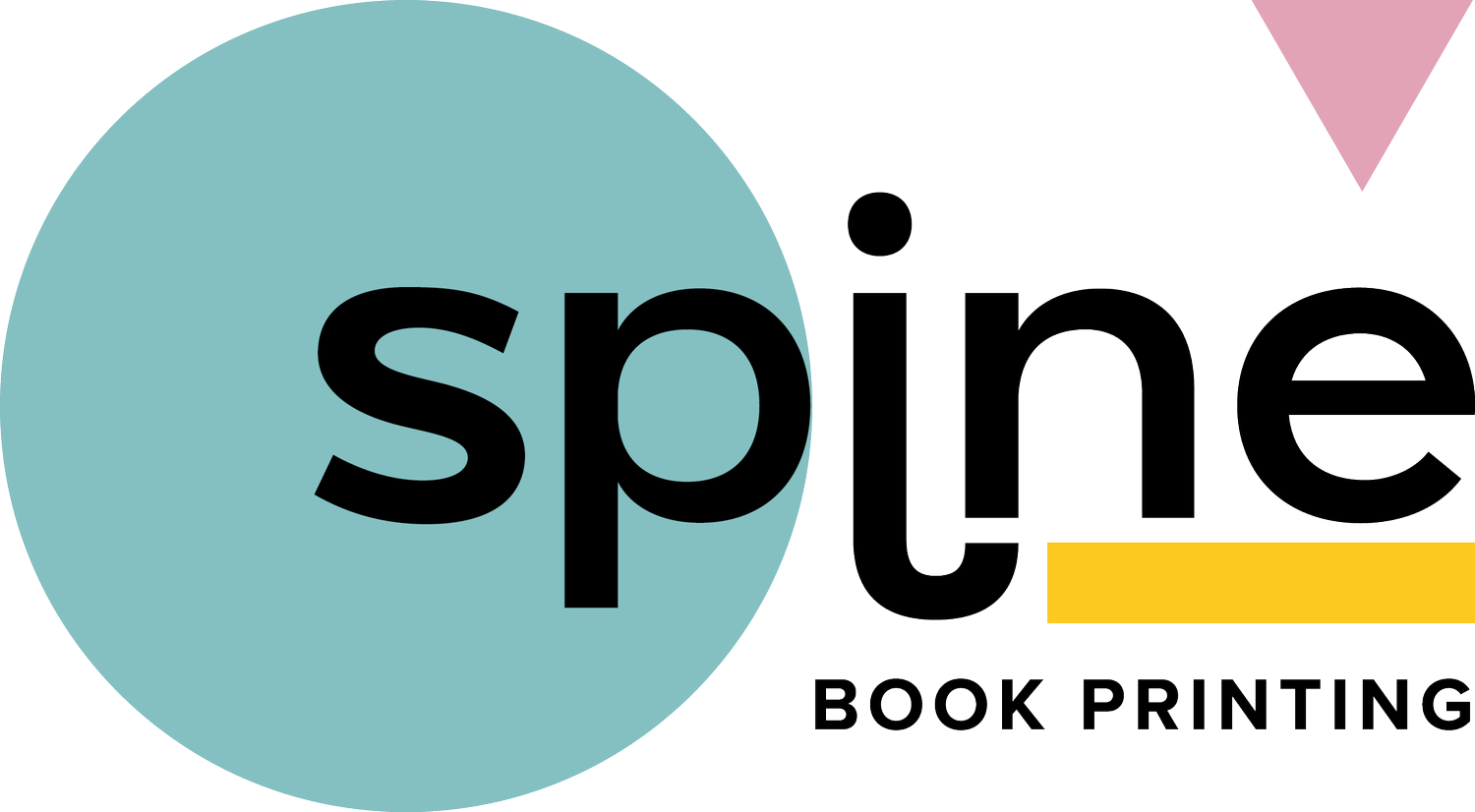Printing Errors: How to Get Proper Compensation
Imagine finishing your book, eagerly awaiting the arrival of your first printed copies, only to open the box and find a mess of misaligned images, faded text, or a mismatched colour palette. Printing errors can be incredibly frustrating, especially when you've invested so much time and effort in creating your perfect book. These mistakes can range from minor details to glaring issues that detract from your work's quality and presentation. Understanding how to address and correct these mistakes is crucial for ensuring your book meets your expectations.
Getting proper compensation for printing errors ensures you receive a quality product and recognizes your time, effort, and investment in producing your book. When faced with issues such as these, it helps to have a clear plan of action. This way, you can tackle the problem effectively and secure fair compensation. Let's explore common printing errors, document them effectively, and find solutions with your printer, aiming to resolve issues without conflict.
Identifying Common Printing Errors
Printing can be an art, but it's also prone to errors that can derail your book project. Recognising the common pitfalls may save you from future disappointment. Here are a few printing errors to watch out for:
1. Colour Issues
- Sometimes the printed colours don't match what you saw on your screen, leading to a dull or overly bright appearance.
- This discrepancy often arises from differences in screen calibration and print settings.
2. Alignment Problems
- Pages may be misaligned, causing text and images to appear off-centre or uneven.
- This can impact the book's professional appearance and flow.
3. Paper Quality Defects
- Sometimes there's a mismatch in paper quality, affecting texture and durability.
- Issues may include inconsistencies in the paper's weight or finish.
These errors affect the aesthetic appeal and can dampen the reader's experience. By identifying these problems early, you can take steps to address them effectively, ensuring a smoother resolution process.
Documenting Issues And Gathering Evidence
When dealing with printing errors, the first step towards resolution is documenting the problems. Having concrete evidence makes it easier to communicate your concerns clearly to the printer. Here's how you can make sure everything's noted down effectively:
1. Take Clear Photos: Capture images of the misprints, focusing on areas where the error is most visible. Ensure the pictures are clear and well-lit to make the problem obvious.
2. Write Down Descriptions: For each issue, jot down brief descriptions that clearly explain what’s wrong. Include details such as the specific page numbers and the nature of the error, for instance, "text misaligned on page 45".
3. Keep Copies of All Communication: Save every email or letter exchanged with the printer. This is crucial for keeping track of what has been discussed and agreed upon during the resolution process.
4. Hold On To Defective Copies: Keep a physical copy of the defective book or project. This serves as a tangible proof which can be shared with the printer if needed.
By gathering comprehensive evidence, you build a strong foundation for your case, making it easier for the printer to understand the problem and work towards a resolution.
Approaching The Printer: Steps To Resolve Issues
Once you've collected your evidence, the next move is to approach the printer. Here’s a clear pathway to follow:
- Contact the Printer Directly: Start by reaching out to the printer's customer service. Clearly present your concerns, backed by the evidence you've gathered. A polite and factual tone can help in getting them on your side.
- Be Prepared to Negotiate: Be clear about what resolution you hope to achieve, whether it's a reprint or a partial refund. Being upfront about your expectations can help speed up the process.
- Stick to the Facts: When discussing the issue, refer specifically to the documented evidence. Avoid emotional language and stick to the facts. This keeps the conversation focused on solving the problem rather than assigning blame.
- Ask for Updates: Stay in touch through the resolution process and ask for regular updates. This shows you're actively engaged and expect a prompt resolution.
Sticking to these steps improves your chances of resolving the issue efficiently, while maintaining a professional relationship with the printer.
Escalating The Issue: Seeking Fair Compensation
If you're not satisfied with the initial response, there are additional routes to explore:
1. Request a Reprint or Refund: Clearly articulate why the initial response didn't meet your expectations, and request either a reprint or refund.
2. Third-Party Arbitration: If you and the printer can't reach an agreement, consider using mediation services. These services provide a neutral platform to resolve disputes fairly.
Compensation doesn't just mean replacing the faulty product. It's about acknowledging the time, effort, and resources you've invested. By advocating for fair treatment, you ensure that the end result matches the quality you've envisioned. Handling printing issues can be a learning experience and helps you navigate future challenges more effectively.
Don't let printing errors dampen the enthusiasm for your latest masterpiece. For a smooth and reliable printing experience, explore our service for book printing options at Spine Book Printing. We're here to support you in creating high-quality prints that truly reflect your dedication and hard work.

